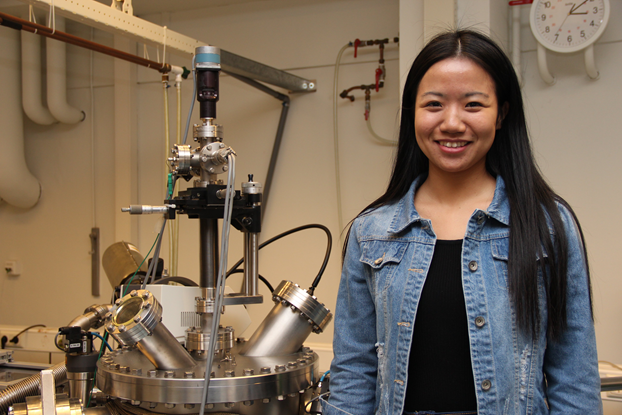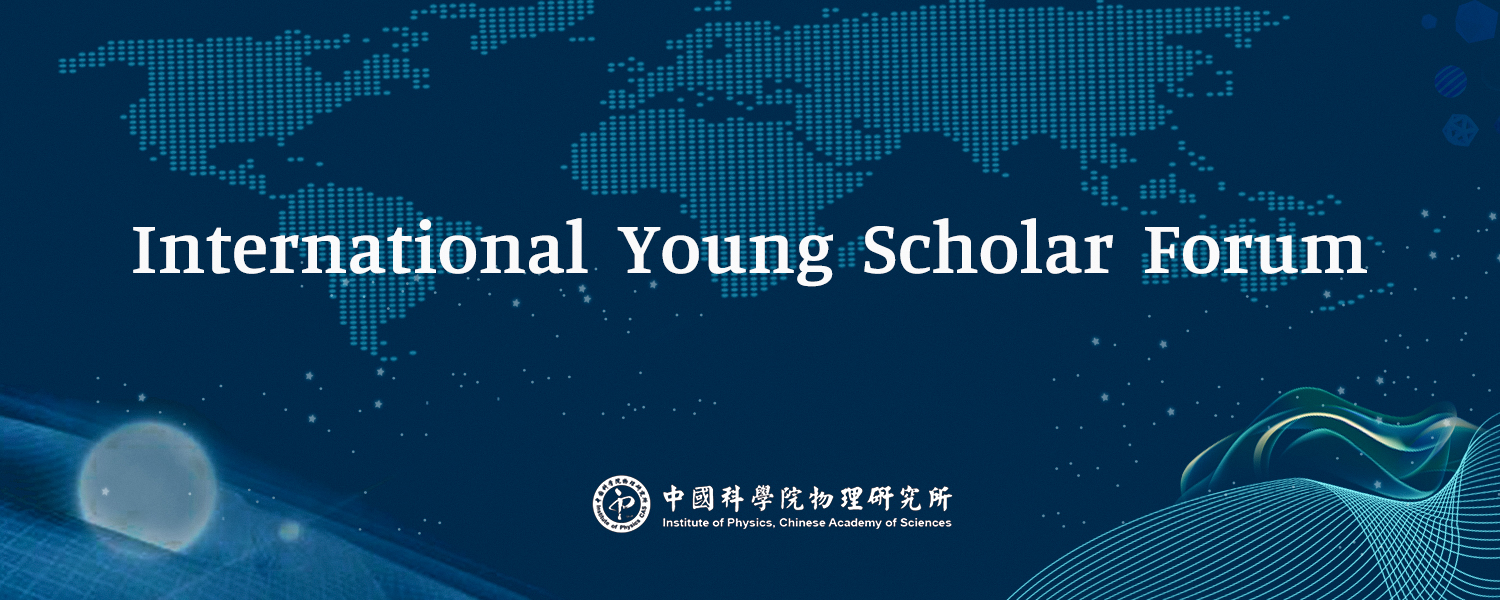Time: 15:00 , June 30th , 2021
Speaker: Dr. Yingfen Wei, École polytechnique fédérale de Lausanne, Switzerland
Abstract:
The development of non-volatile memories is critical for the new generation of logic-in-memory and brain-inspired computing. One of promising emerging memories is the ferroelectric memory, based on the effect of different polarization states in ferroelectrics, which can be switched by the external electrical field. It has been around a few decades and its advantages in terms of low power consumption and switching speed are broadly recognized. Although some products of ferroelectric memories have been commercialized, they still face various challenges to compete with the mainstream memories and massively making it to the market, such as due to issues with miniaturization and CMOS-compatibility.
The ferroelectricity found in the simple oxide doped-HfO2 thin films recently, brings a big surprise to the ferroelectrics community.[1] This novel material could potentially solve most of significant roadblocks of ferroelectric memory as quickly recognized by ITRS. From the fundamental view of point, it also appeals to many researchers in this field. To understand the unconventional origin of ferroelectricity in these materials could greatly help the improvements in the properties of devices for application.
In this talk, the speaker will introduce how to develop epitaxial high-quality and high-performance hafnia thin film, which shows a new ferroelectric phase (rhombohedral) totally different from the usually reported orthorhombic one.[2] The epitaxial nature of hafnia thin films with this new phase allows us for an in-depth microstructural investigation of switching mechanism in hafnia-based devices.[3] Furthermore, a systematic study was conducted to offer a guideline to stabilize the ferroelectric phase in hafnia.[4] Next, this new phase of hafnia was integrated into ferroelectric memory, and first hafnia-based multiferroic tunnel junction device was achieved and studied. [3, 5, 6]
Reference:
[1] T. S. Böscke, J. Müller, D. Bräuhaus, U. Schröder, U. Böttger, Appl. Phys. Lett. 99, 102903 (2011);
[2] Y. Wei, P. Nukala, M. Salverda, S. Matzen, H-J. Zhao, J. Momand, A. Everhardt, G.R. Blake, P. Lecoeur, B. J. Kooi, J. Íñiguez, B. Dkhil, B. Noheda, Nature Materials 17, 1095 (2018);
[3] P. Nukala, M. Ahmadi, Y. Wei, S. de Graaf, E. Stylianidis, T. Chakrabortty, S. Matzen, H. W. Zandbergen, A. Björling, D. Mannix, D. Carbone, B. Kooi, B. Noheda, Science 372, 630 (2021);
[4] P. Nukala#, Y. Wei#, V. de Haas, Q. Guo, J. Antoja-Lleonart, B. Noheda, Ferroelectrics 569, 1 (2020) (Invited Review in 50th Golden Anniversary);
[5] Y. Wei, S. Matzen, T. Maroutian, G. Agnus, M. Salverda, P. Nukala, Q. Chen, J. Ye, P. Lecoeur, and B. Noheda, Physical Review Applied 12, 031001 (2019);
[6] Y. Wei, S. Matzen, C. P. Quinteros, T. Maroutian, G. Agnus, P. Lecoeur, B. Noheda, npj Quantum Materials 4, 62 (2019).
Brief CV of Dr. Yingfen Wei:
Dr. Yingfen Wei obtained her Ph.D. degree in 2020, under supervision of Beatriz Noheda in University of Groningen, Netherlands. After graduation, she continued one year of postdoc in the same group. Her research focus on the novel ferroelectric hafnia and its application. Currently she moved to Switzerland and works as a postdoc in École polytechnique fédérale de Lausanne, studying the neuromorphic computing based on hafnia devices, and electron spin qubits.
